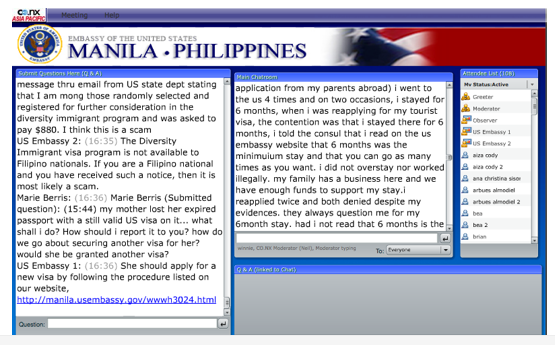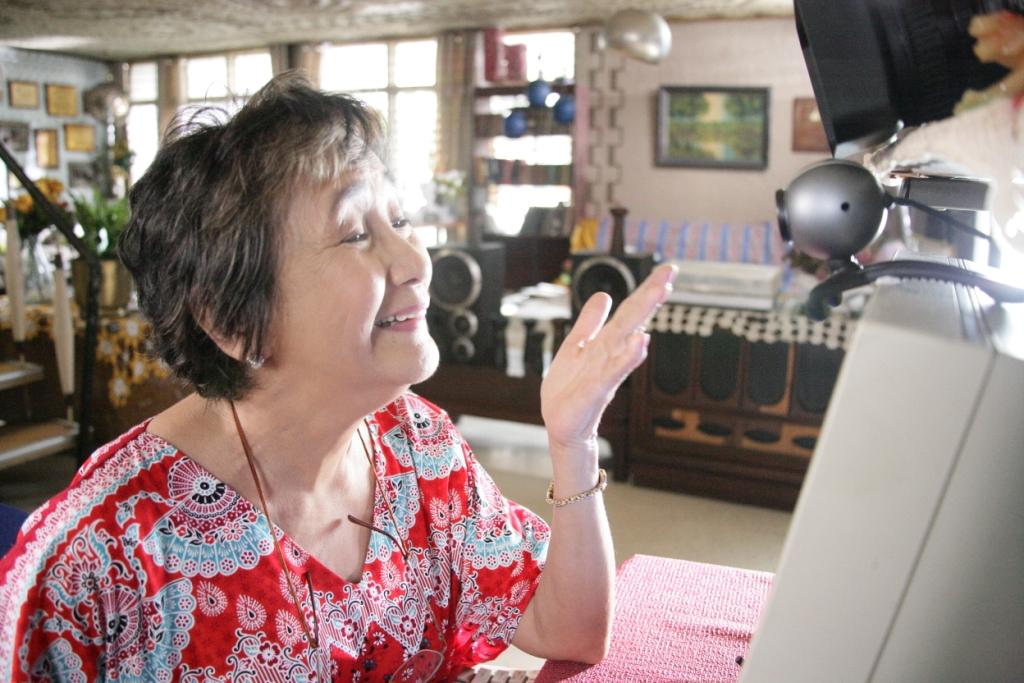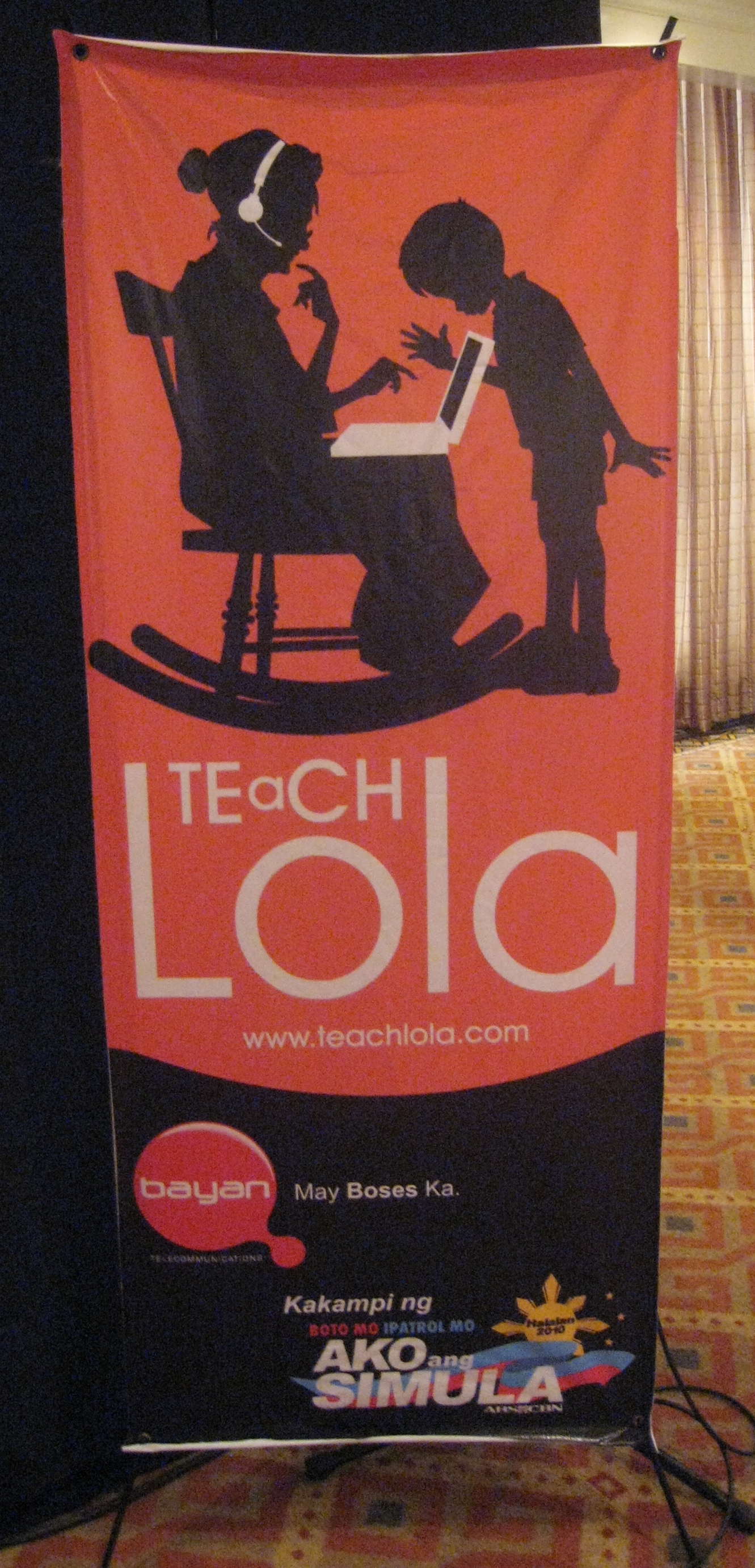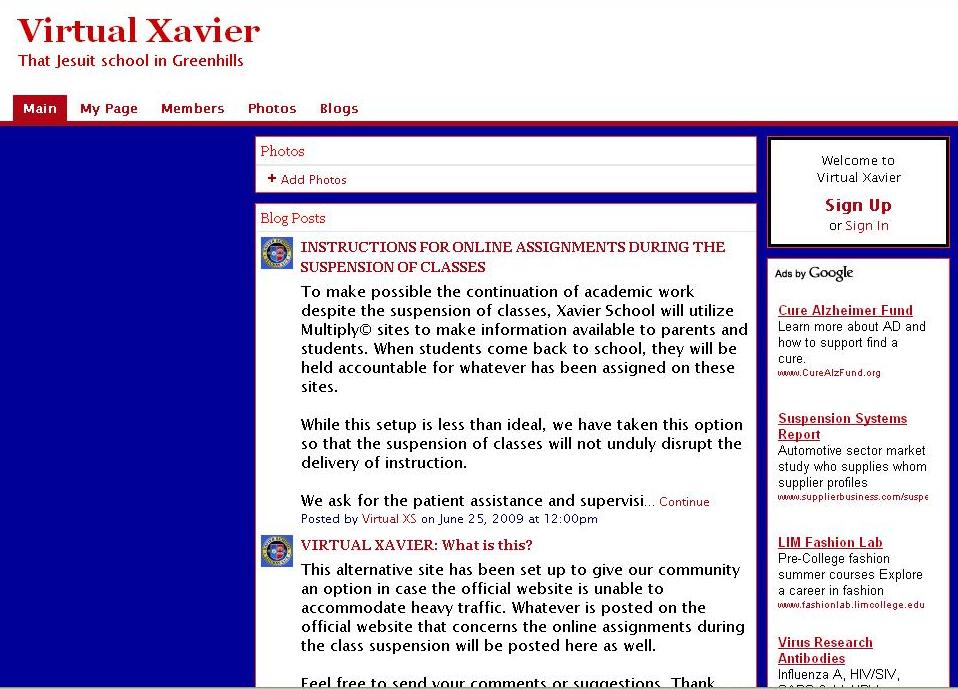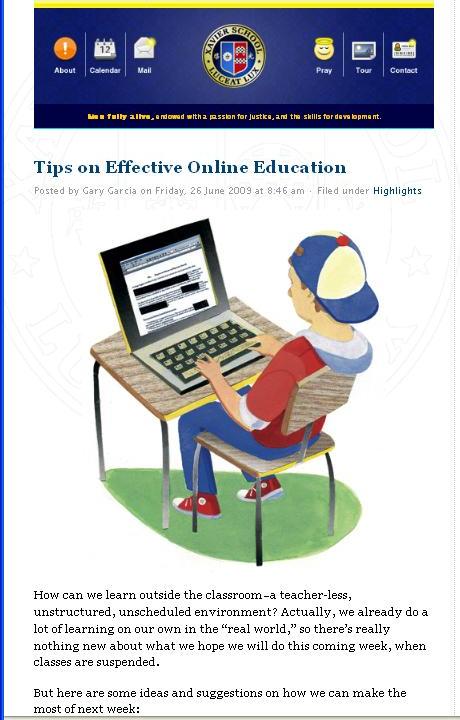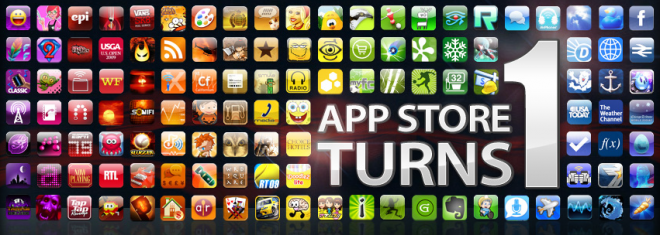
Today, July 14, Apple’s App Store celebrates its 1st anniversary.
I am the happy owner of an iPod Touch and before I had this gadget, life was pretty fragmented. I kept some contacts on my phone, calendars & music on a PDA, notes stuck here and there on post-it notes and paper notebooks as well.
But my life has become that much easier with this one gadget. I easily sync calendars and contacts on my phone. I have notes, my music and videos in one place. I surf the web on a Safari browser. But what is truly a winner is the App Store!
According to the Gadget Lab, the first billion downloads took 9 months. But half that number has already been downloaded in the last 3 months (a sign that downloads are spiking pretty fast).
The App Store (short for Application or even Apple — pretty ingenious titling, if I may say so) now has over 65,000 applications with more being released every day covering anything you can ever think of that can be shrunk into manageable file sizes. Some apps are free; others are offered at fairly reasonable prices.
When you open up the App Store, you find it covers several categories ranging from Games to Productivity Tools and Utilities to Education, Finance, Medical, Travel, etc. I have spent hours checking out new apps or apps recommended by friends and downloaded so many already (including games my kids love to play). I now have 9 pages worth of apps.
Here are some of my favorites and why (and, they’re mostly FREE!!!!):
1. Flashlight – this is a toe-saver, if you get up in the middle of the night to pee or drink water. With my ipod beside me, all I need to do is activate this app and it beams a small light (you can even choose the color) good enough for you not to stumble in the dark. This is what I also bring to the movies to help us find our way around.
2. Facebook, Plurk, Skype, Twitter, Y! Messenger – yes, my social networking sites are on this gadget as well as variations of Twitter (Twitterfon, TweetDeck).
3. Dictionary – at a blogger party once, when the young ones got into an exciting game of Scrabble, I ended up being the moderator using this app to check if certain words indeed existed. This app comes with a Thesaurus feature as well as the Word of the Day.
4. Holy Bible – This is truly a weight saver as far as I am concerned, especially when I attend Christian gatherings where the Bible is needed. I can quickly get to the chapter or verse I want, and even choose the bible version among those available. If you plan to download this, also consider the Catholic Calendar. It contains the liturgical calendar from 1970 to 2300 and beyond, saint feasts celebrated in different countries, and you can now download the Liturgy of the Hours and Mass readings for yesterday, today and tomorrow from the Universalis website (needs internet connection).
5. ER Lite, Sleepmaker, Sleepstream, WhiteNoise and Om – these are some of my sleep-inducing apps for nights when sleep escapes me. My favorite sound is the steady raindrops falling. Second would be the waves crashing on a shore. These apps also have jungle sounds and other interesting ones as well. As for the Om, well being a yogini I have recently discovered its use for my yoga meditation sequence.
6. 9-Toolbox (free version but eventually will cost $4.99) – It has currency conversion, calculator, days until (an event), holidays, unit converters, an inclinometer (measures an object’s incline), loan amortization tool, menstrual cycle calendar, and others. 9 useful tools in all! I installed another converter called MultiConvert.
7. TVUPlayer – free TV, YES!!! When in a free wifi zone, I can put my headsets on and tune in to any of the available TV stations. Right now, some popular ones are Channel NewsAsia, Disney Channel, Classic Movies, CBS, Comedy Central, The Science Channel and Fox News.
8. USA Today, NY Times – oh yes, even online newspapers are apps now.
9. Wikiamo – the Safari-like Wikipedia viewer
10. Ustream – the same app for livestreaming events. I actually got to watch part of the Obama inauguration on my ipod using this app.
11. Remote – ooohhhh this is a cool app. It turns your ipod into a remote control for iTunes. I can activate my playlists or choose the music to play from my music collection just with a tap on the screen.
I’ve got many more apps in this tiny iPod Touch of mine like yoga apps, quotations of all sorts, apps for sending files across to it from my desktop or laptop, first-aid and medical apps for those possible emergencies, and so on.
Given its dramatic success in just its first year, who knows where the next year and the next will find the App Store? It’s truly on a roll!
What are your favorite downloaded apps? Do share with me. I just may have missed a really good one….

